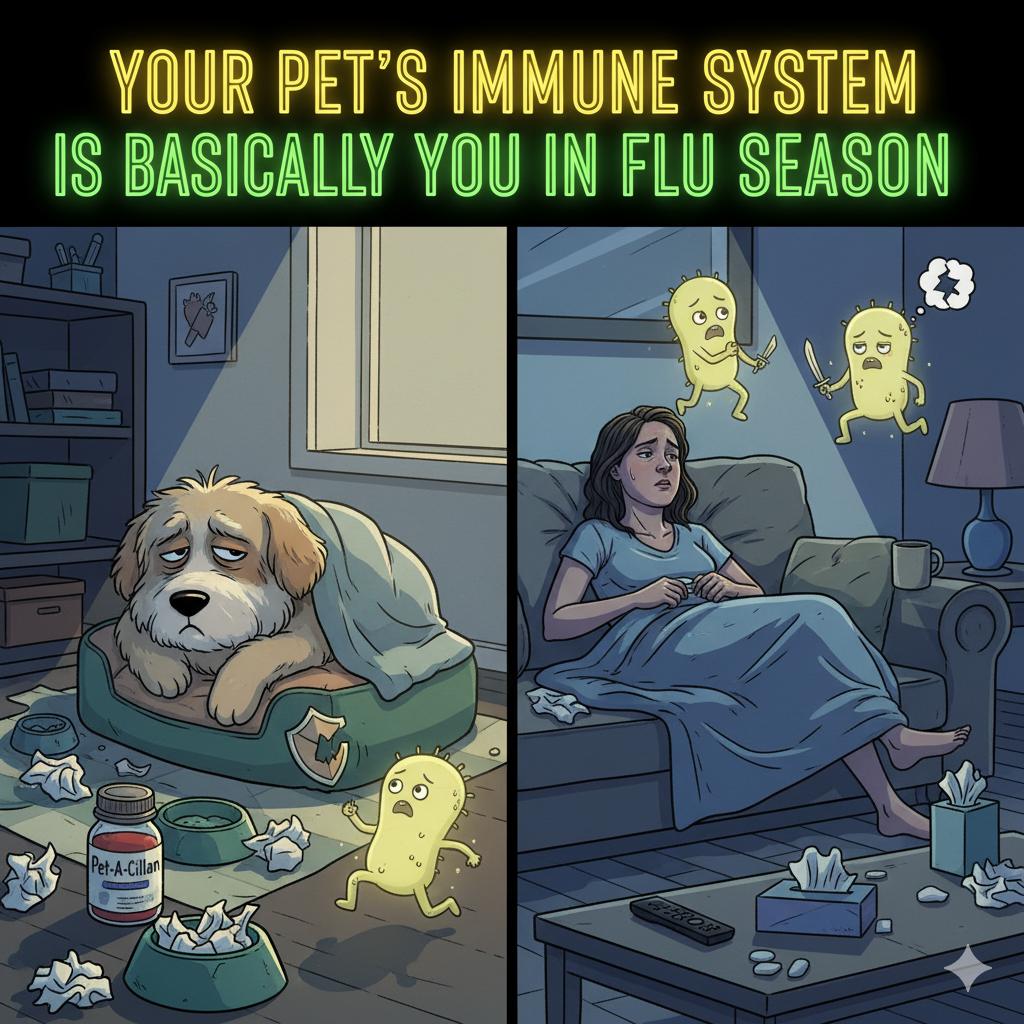Training a puppy is one of the most exciting and rewarding experiences for any dog parent. Whether you’re a first-time puppy owner, part of the pet adoption community, or a busy professional looking for practical at-home solutions, learning how to train a puppy effectively can set the foundation for a lifetime of good behavior and happy companionship.
In this comprehensive guide, we’ll walk you through proven strategies such as positive reinforcement puppy training, crate training for puppies USA, potty schedules, and tips to prevent biting and other common issues. With the right knowledge and tools, anyone can raise a well-behaved dog at home.
Why Puppy Training Matters
Training your puppy isn’t just about teaching tricks—it’s about developing communication, trust, and lifelong habits. Puppies are like toddlers; they need structure, patience, and consistency. Without early intervention, behavioral problems can grow, making life harder for both the dog and the owner.
What Is the Best Age to Train a Puppy?
Many new dog owners ask, “When should I start training my puppy?” The best age to train a puppy is between 7 to 16 weeks. This is the critical socialization period when puppies are most receptive to learning new behaviors. However, it’s never too late to start training, especially if you’re using reward-based, gentle techniques.
Positive Reinforcement Puppy Training: The Gold Standard
The foundation of effective puppy training is positive reinforcement. This involves rewarding desired behaviors with treats, praise, or playtime. Unlike punishment-based training, this method builds trust and motivates your puppy to repeat good behaviors.
Examples of positive reinforcement:
- Giving a treat when your pup sits on command
- Praising them for not barking when the doorbell rings
- Offering a toy when they pee in the right spot
This technique is widely endorsed by veterinarians, dog trainers, and behaviorists across the USA.
Crate Training for Puppies USA: Safe Spaces Matter
One of the most helpful tools in how to train a puppy is a crate. Crate training for puppies USA is popular because it:
- Helps with housebreaking a puppy fast
- Provides a safe, quiet space for your dog
- Encourages independence
Crate training tips:
- Start slow: Leave the crate door open at first.
- Use bedding and treats to make it inviting.
- Never use the crate as punishment.
- Gradually increase crate time with supervision.
Puppy Potty Training Schedule That Works
Accidents are normal in the early days, but a puppy potty training schedule helps prevent them. Puppies need to go:
- After waking up
- After eating or drinking
- After playing
- Every 1-2 hours when they’re very young
Create a potty training log and take them outside consistently. Use positive reinforcement every time they go in the right place.
How to Stop Puppy Biting: Gentle Corrections That Work
Puppies explore the world with their mouths, but how to stop puppy biting is one of the top concerns for new owners. Biting can be cute when they’re small, but it becomes a problem as they grow.
Steps to reduce biting:
- Say “No” firmly and stop playtime when biting happens.
- Redirect with a chew toy.
- Use bite inhibition techniques—teach them to control the pressure of their bite.
Socialization also helps puppies learn bite boundaries from other dogs.
Housebreaking a Puppy Fast: Proven Strategies
Housebreaking a puppy fast involves consistency, supervision, and routine. Combine crate training, potty schedules, and positive rewards for the best results.
Key tips:
- Feed on a schedule.
- Take them out frequently.
- Clean accidents with an enzymatic cleaner to remove odor.
- Praise and treat after every successful potty break.
Basic Obedience Training for Dogs
Once your pup has learned where to potty and how to stay in a crate, it’s time for basic obedience training for dogs. Start with easy commands like:
- Sit
- Stay
- Come
- Leave it
Training sessions should be 5–10 minutes long, consistent, and filled with encouragement. Avoid overwhelming your puppy. Keep it fun!
Leash Training a Puppy Properly
Leash training a puppy properly ensures safe and enjoyable walks. Start early and focus on building calm behavior on the leash.
Steps:
- Introduce the collar and leash indoors first.
- Reward walking beside you.
- Avoid tugging; stop if they pull.
- Use treats or praise to encourage walking calmly.
This is essential for pet parents living in urban and suburban US areas who frequently walk their dogs in public spaces.
Puppy Behavior Training at Home: Your Daily Routine
Daily routines create structure for puppy behavior training at home. Use consistent cues and commands. Involve all family members so the puppy doesn’t get confused by mixed signals.
Make training part of daily life:
- Practice commands before meals.
- Play games that include rules (like fetch with a “drop” command).
- Correct unwanted behavior calmly and consistently.
🇺🇸 Dog Training Tips for Beginners USA
If you’re just starting out, these dog training tips for beginners USA will help:
- Always end training on a positive note.
- Use small, tasty treats for rewards.
- Don’t rush progress—every puppy learns at their own pace.
- Use clicker training to mark good behavior more precisely.
Reinforce Training with Best Practices for Pet Care
To achieve lasting results in your dog’s behavior, it’s important to follow the Best Practices for Pet Care like regular vet visits, grooming routines, mental stimulation, and quality nutrition.
Combining how to train a puppy effectively with general wellness will result in a happy, healthy, and obedient companion.
Final Thoughts:
Training a puppy doesn’t have to be overwhelming. With the right tools like crate training, positive reinforcement, and puppy potty training schedules, you’ll build a solid foundation for your dog’s lifelong behavior.
Focus on:
- Starting early (but it’s never too late!)
- Keeping training sessions short and fun
- Using consistency and rewards
- Being patient and persistent
Whether you’re a Millennial dog parent, a Gen Z pet lover, or part of a rescue adoption story, knowing how to train a puppy properly will ensure a strong bond and a joyful life with your furry friend.






2 thoughts on “How Can You Train Your Puppy Effectively?”